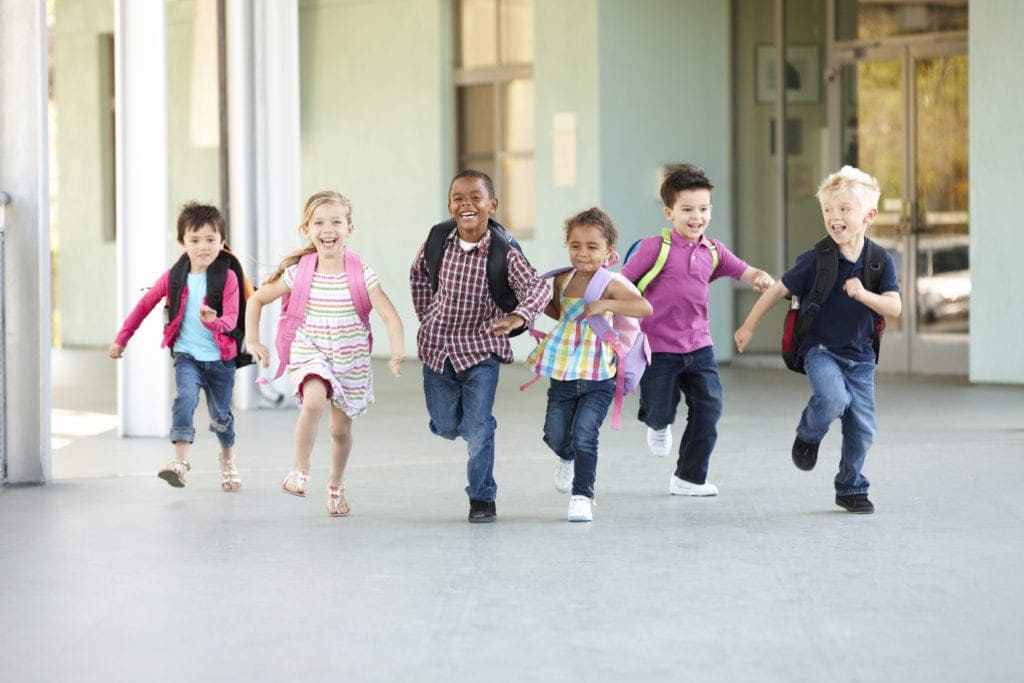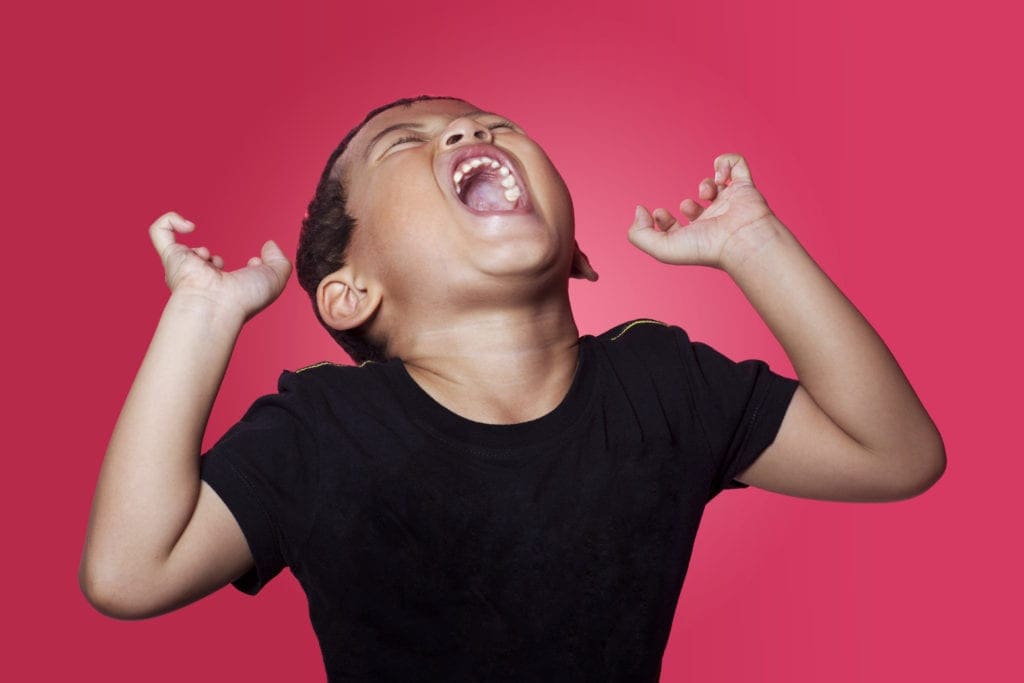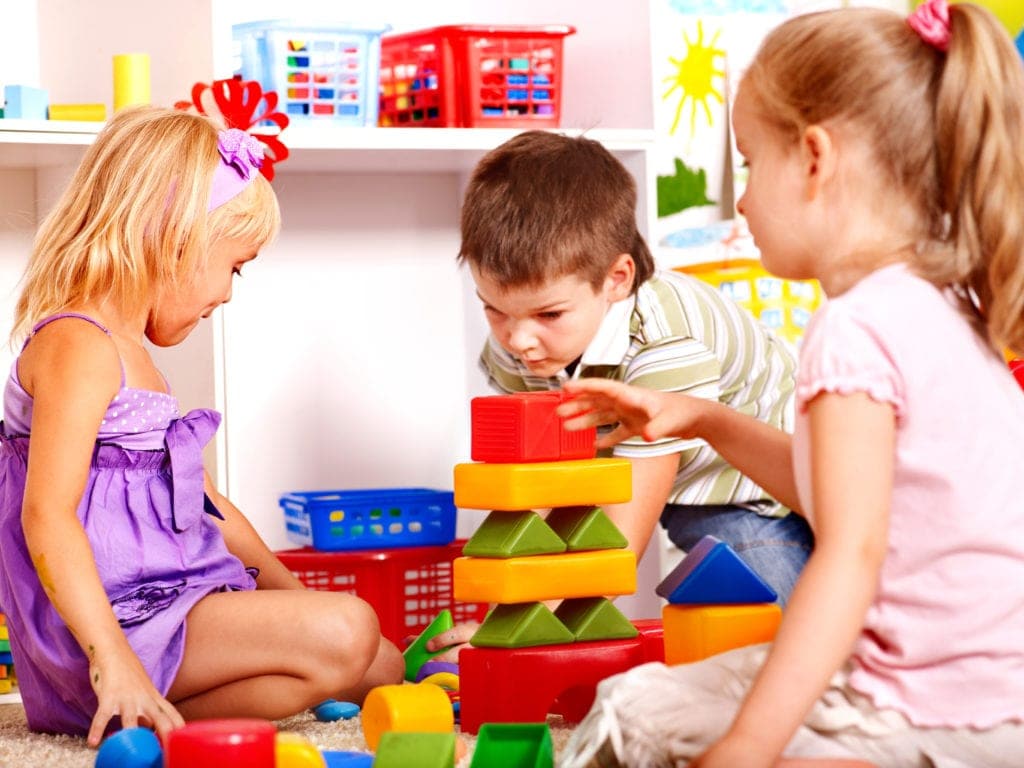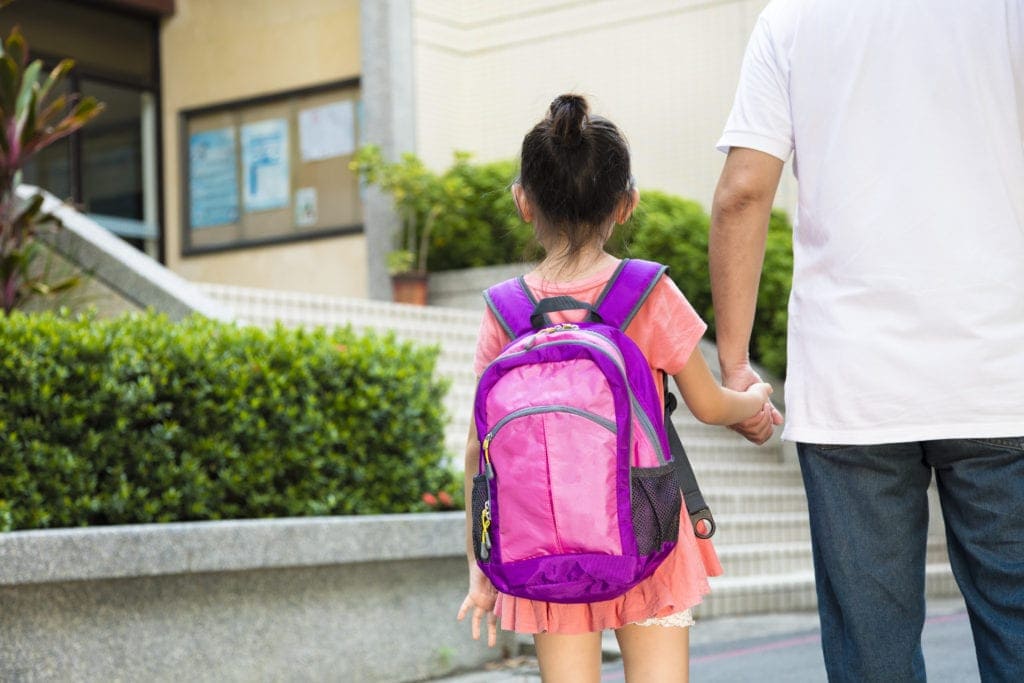Avoiding Meltdowns at School! How to help little people cope with BIG emotions is a guest post about teaching school aged kids how to transition from one activity to another and is brought ot us by Dr Rachell Kingsbury – Guidance Counsellor (Clin. Psych & Clin. Neuropsych MAPS) and mum of two boys.
What are transitions?
Transitions are defined as the process or period of moving from one state (emotionally, physically, environmentally, etc.) to another. In the school-context, transitions include moving between in-class tasks (e.g., from reading to math), or transitioning from class to external curriculum (e.g., from classroom to Library or Music), and/or changing from a learning-focus to a play-focus (e.g., from classroom to lunchtime, then to play time). Transitions can include emotional transactions such school drop-offs and pick-ups, as the student transitions from their secure attachments (primary carers) into a less predictable environment (school).
Transitions interrupting our ‘jobs’
Imagine you’re at work, finalising a project, when your colleague asks if you want to come for lunch. “Sure” you say, “just give me ten.”
There’s a reason why we like to complete tasks: “whenever you recognize a task or project as completed, your brain releases a load of dopamine, a neurotransmitter that is responsible for generating feelings of accomplishment, satisfaction and happiness.” That is, finishing things makes us feel great, and is associated with positive emotions and a sense of closure.
Now imagine that you’re given a nonnegotiable to stop work. That you’re moments away from finishing something but you are prevented from doing so.
When interruption leads to an unfinished task, research indicates that that brain becomes “stressed” and you can experience emotions such as frustration, annoyance, discomfort, and perhaps anger. Early research into the psychology of interrupted task refers to this as the “Zeigarnik Effect”), suggesting that your brain is more likely to ruminate on or remind you of the things that you have not achieved in the day, compared to what you did accomplish. Unsurprisingly, these cognitive reminders provide powerful motivators to return to task and complete unfinished business in pursuit of dopamine (satisfaction, reward) and closure.
Here’s the tricky bit: Now I want you to imagine that you experience being interrupted approximately 40 times a day. And finally, I want you to imagine that you’re 5-years-old and your ‘job’ (in your mind) was to play and have fun.
Transitions at school are tricky(er)
At my school we maintain data on incidences of ‘severe behaviours’ exhibited in our student population, as I assume all schools do today. Severe behaviours refer generally to episodes of disrupted or antisocial behaviours, engaging in behaviours that harm self, others or both, and/or behaviours that breach the Code of Conduct of our school. We keep this data to look at ways with which we can improve our school and support our students to engage in prosocial behaviour.
Last year, we reviewed this data and I was interested to learn that 80% of our ‘severe behaviours’ occur during transitions.
Prep students’ transitions
When I reflected on the data (and each school will vary), I had the startling realisation that we ask our Prep Students to transition every 10- to 15-minutes on average! That is approximately 40 potential episodes of interruption in a single school day. The reason why our early curriculum is designed with such high frequency interruption/transition is due to the average attention span of a 5-year-old being approximately 15-minutes.
However, when we consider individual learning abilities, discrepancy in attentional capacity between boys and girls, the likelihood that each student has completed their task in this time, the opportunity for interruption, the repeated experience of frustration, and the immaturity of a 5-year-old to withstand big, negative emotions multiple times per day – is it no wonder that 80% of behavioural meltdowns are recorded in the context of transitions??
The effect of interrupting our youngest learners
When we interrupt our Preppies, Grade 1’s, Grade 2’s, etc. in their learning we’re not only setting them up for a major meltdowns, but we’re also inhibiting a very natural reward system: dopamine-release. “Dopamine is about rewards, and feeling good, and wanting to feel good again” ) and it is naturally available to all our students. The experience of students not only completing tasks in learning but also experiencing happiness and satisfaction creates a naturally occurring feedback cycle of them wanting to engage in learning again. Maggie Dent, in seminar, shares a beautiful story about a boy who deemed it his “best day” when his mother allowed him to return to unpacked-up blocks and to finish his construction.
In this article, I’ll be honest – I don’t have the answer.
But I think it begs the question: how can we limit the transitions in our earlier years of curriculum? And in doing so, set kids up for greater emotional success? And how can we use this observation to help develop a positive relationship with learning from the outset of school with our youngest students by limiting interruption, allowing task completion, and promoting happiness-based learning cycles?
Teachers and Education Administrators are far better placed than I to answer questions about curriculum structure, so I’d like to offer up this article to those better qualified.
Making informed decisions about education
As a mum, my choice to delay school entrance by a year was, in part, to ensure that my sons’ had 12-months more opportunity for cognitive maturity to cope with current demands of Prep. So, one bottom-up solution is to choose school entrance at 5-turning-6-years, not 4-turning-5-years. However, it is not lost on me that this highlights the deficits in our current school system if it produces a mum that feels like she’s holding her kids back from the war to encourage survival! And I am not naïve to the fact that many Australian families cannot afford a second year of Kindy.
I also unwittingly chose a Montessori Preschool provider. I’m not a Montessori proponent per see, and I’ll be honest, I picked it because it was near to home and had a great garden with chickens. But in reflection, what my Montessori offers is a 3-hour, uninterrupted work cycle every morning, and comparatively, approximately three transitions; work cycle, then lunch, followed by afternoon unstructured, outside play. During the uninterrupted work cycle, children are exposed to a range of learning stimuli, chose their activity and work until they feel satiated. Like some, I worried this would lead to skewed learning if my child was permitted to “chose” their learning, but I was wrong – they must structure the activities around numeracy and literacy (I don’t specifically know because “uninterrupted” means mum is not allowed to interrupt that work cycle either!). However, I remember noticing how calm the children were at pick-up compared to my alternate experiences of day care.
How to teach kids to transition
From a parent-perspective, I help my own children to learn to transition / come away from rewarding activities (play) by:
Teach kids to transition using external visual-verbal prompts:
- Time defining tasks from the outset (e.g., “we’re stopping at the park for 30-minutes to play”)
- Giving a verbal countdown to transition “5-minutes until we leave the park, guys” (with a subsequent 4-minutes, 3-minutes, etc. reminders)
- Pairing this with hand signals (5, 4, 3, 2, 1)
- Validating the emotions of transition (“I know, it feels awesome to play, and you had a really good time today playing with Tom, and you know what? We’re going to be able to play again on Sunday. I know it’s hard to come away from things we love doing, but we need to head home now to get dinner ready, etc.”)
- I’ve also started to say recently; “we’re getting our bodies ready to transition” in introducing the link between the mind-body experience of moving between task.
Working within the current system as a teacher, or in my role as Guidance Counsellor, I also suggest:
Teach kids to transition using external stopping cues in the classroom to assist including:
- Hourglasses on desks
- Clocks in the classroom
- Visual timetables on desks
- Teachers’ verbal prompts (“finishing up now” / “moving on to x” etc.)
- Use of brief meditation, relaxation, calm breaths, mindfulness, and/or movement breaks between transitions (such as returning from lunchtime to the classroom)
However, for many parents and educators, these strategies are well versed.
So, my opinion is: we ask again for a curriculum change with the growing evidence against the status quo, rather than trying to modify our children to suit or cope with the current school system.




